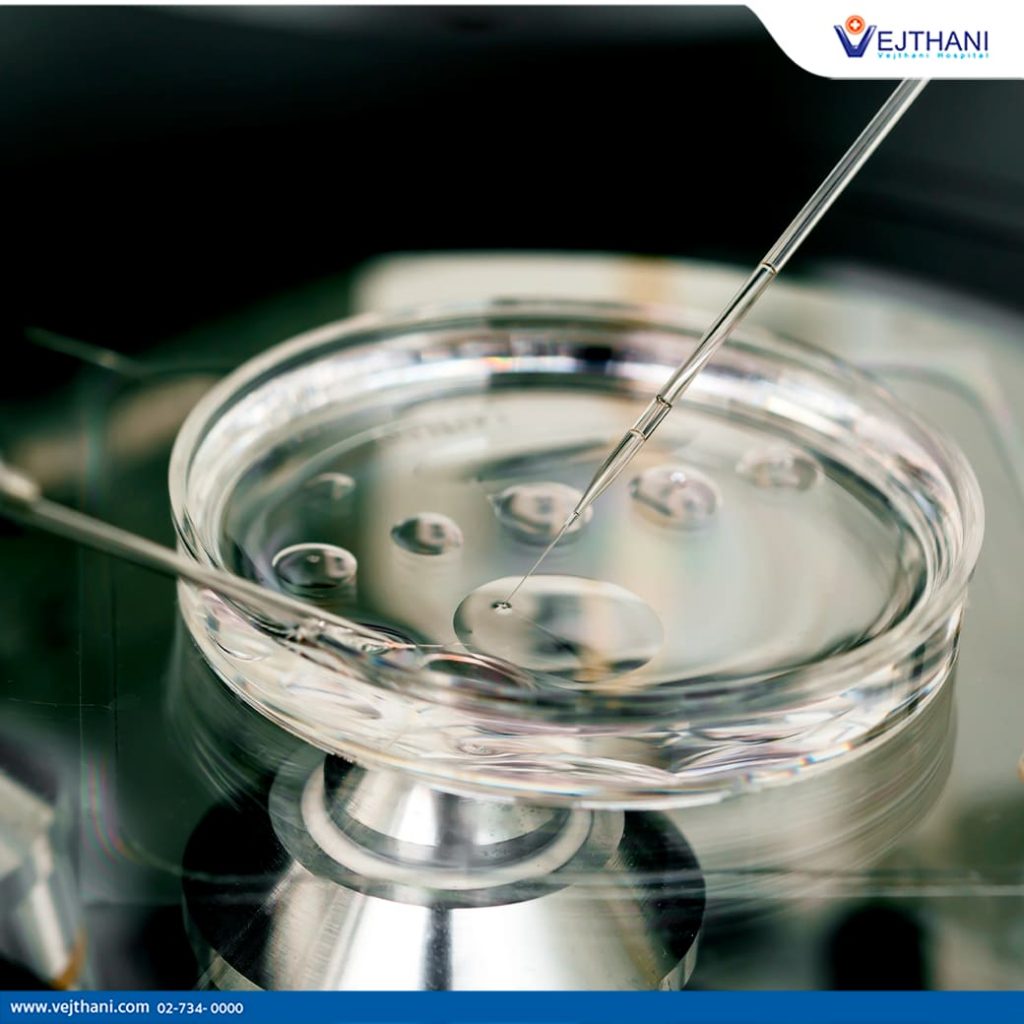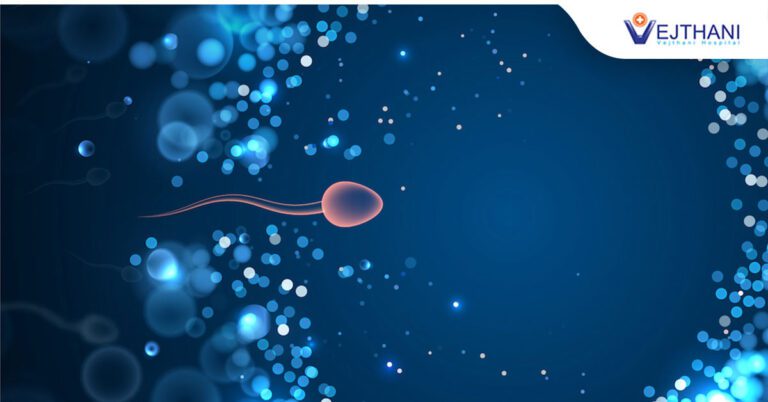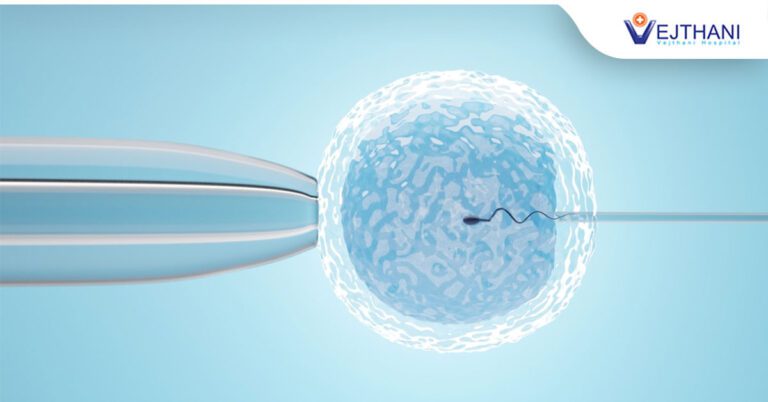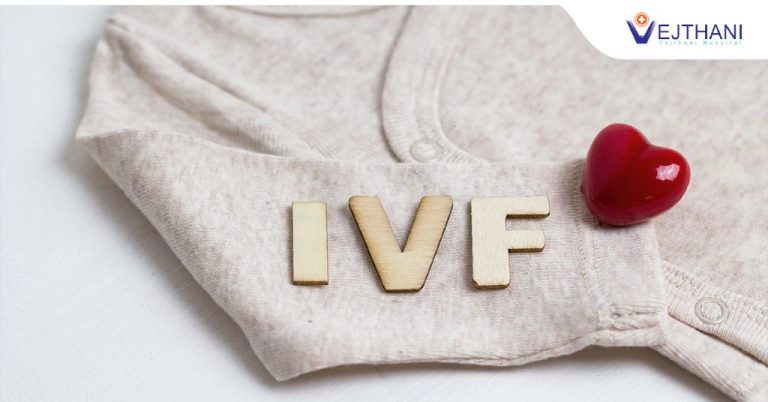

The IVF infertility treatment offered by Vejthani Hospital in Bangkok may be the most well-known assisted reproductive technology (ART). But it’s just one of the multiple technologies commonly used to help people achieve their dreams of bringing a baby into the world.
Depending upon your general health and medical history as well as your family’s medical history, the doctors at Vejthani Hospital Fertility Center in Bangkok may use in-vitro-fertilization (IVF) as well as:
- Intracytoplasmic sperm injection (ICSI)
- Preimplantation genetic testing (PGT)
- Intrauterine insemination (IUI)
- Blastocyst trophectoderm biopsy (TE)
Conception Issues
One of the most common reasons for seeking IVF treatment offered by Vejthani Hospital in Bangkok is because of their latest technologies and high expertise of the doctors.
You or your partner may suffer from a physical condition that makes it difficult for your family to conceive naturally. ART offers a range of options that will increase the chances of your pregnancy.
The chances of success depend on many factors. The woman’s age, the cause of infertility in both partners and any genetic or physical issues are among the factors. These also may influence the doctor’s choices of the approach they take and whether or not they choose to implant multiple embryos.
Genetic Issues
Another reason for having ART treatments is that the hopeful parents have been alerted to a genetic problem in their family’s medical history. They undergo ART treatments as an added safety precaution that guards against the genetic issue from affecting or endangering the health of their baby.
By having the embryos genetically tested before they are implanted in the uterus, the doctor can choose only embryos that have no genetic fault.
IVF and ART Realities
The Fertility Center at Vejthani Hospital in Bangkok can customized a plan to offer your family the best chance of conceiving based on your age and medical history. But entering into the world of ART takes patience. A single cycle of IVF takes around three weeks. And many couples go through multiple cycles before conceiving.
The reason for many different types of ART is to increase the chances of conception for the widest variety of patients and medical histories.
There are two approaches to IVF at Vejthani Hospital in Bangkok. You can use your own family’s eggs and sperm. This is usually the first choice of healthy couples that have been otherwise unable to conceive.
But if one of the partners has a known physical issue causing their infertility, a blood-related donor can donate eggs or sperm.
Preparing for IVF
Increasing your chances means knowing as much about the couple’s fertility as possible. Both partners need to undergo a number of screenings. The screenings for ladies include a uterine exam and ovarian reserve testing.
In a uterine exam, the doctor examines the lining of the uterus to determine its health. This usually entails either sonohysterography, in which fluid is injected into the uterus, and uses sound waves to create images. Or the patient can undergo a hysteroscopy. This is where the doctor inserts a thin and flexible tube into the uterus. The tube is called a hysteroscope. It has a camera on its end, and the doctor visually examines the uterus.
Ovarian reserve testing is where the doctor tests the quality and quantity of your eggs by measuring different hormone concentrations. These may include estradiol (estrogen), follicle-stimulating hormone, and anti-mullerian hormone. The doctor will test your blood during the first few days of your menstrual cycle to measure these hormones.
Male patients will undergo semen analysis to ensure that the sperm is viable. And both partners will both be screened for any infectious diseases, including HIV.
Your doctor may also want to conduct a mock embryo transfer to determine the depth of the woman’s uterine cavity and decide on the most effective technique to use during the actual transfer.
IVF Process
The IVF process begins by using synthetic hormones to stimulate the ovaries into producing multiple eggs. The single egg produced each month naturally doesn’t give you the chances that fertilizing multiple eggs does. This is because some of the eggs won’t accept fertilization or won’t develop normally.
When it’s time for eggs retrieval, female patients will be sedated and provided with pain medication while the eggs are being retrieved. Male patients provides the doctor a sperm sample the morning of the egg retrieval.
Fertilization can be conducted by one of the two methods. In the first method, healthy sperm and eggs are mixed together and incubated overnight. If the quality or number of semen is a problem, the doctor can perform intracytoplasmic sperm injection (ICSI). In this process a single healthy sperm is injected directly into each egg.
The next step is to transfer the fertilized embryos into the uterus. This is usually done at the doctor’s office and takes place a month after the eggs have been retrieved. The doctor uses a thin, flexible tube to transfer the embryos into the uterus through the vagina and cervix.
If the entire process is successful, one of the embryos will become implanted into the wall of the uterus. .
Fertility Center at Vejthani Hospital in Bangkok, Thailand
By using the widest variety of the latest ART technology techniques, the fertility physicians at Vejthani Hospital offer the best chances of conceiving and welcoming a healthy baby into the world.
If you have concerns or problems with starting a family, make an appointment for a consultation with a doctor at the Fertility Center at Vejthani Hospital.
- Readers Rating
- Rated 4.8 stars
4.8 / 5 ( Reviewers) - Spectacular
- Your Rating


























